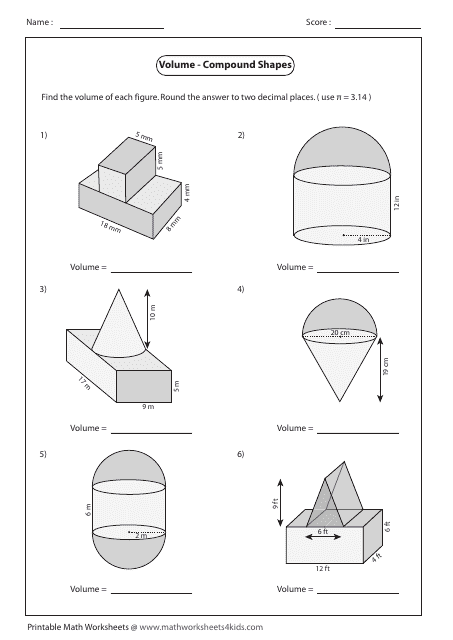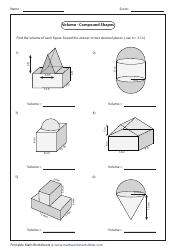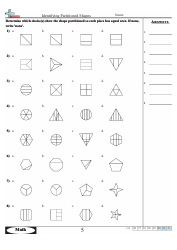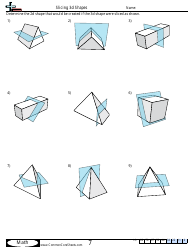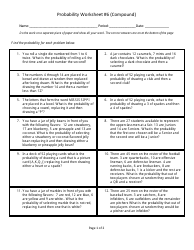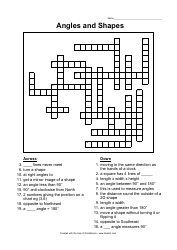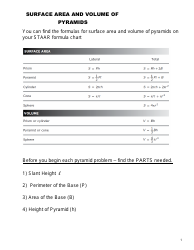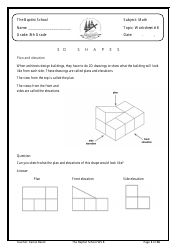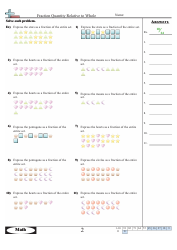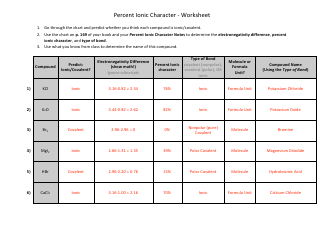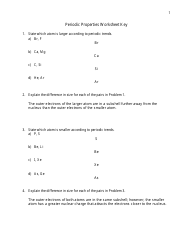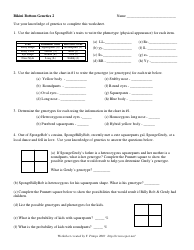Volume - Compound Shapes Worksheet With Answers - Parallelepiped
The Volume - Compound Shapes Worksheet With Answers - Parallelepiped is typically used as a learning resource in mathematics education to help students practice calculating the volume of parallelepiped shapes. It includes answers to assist students in checking their work.
FAQ
Q: What is a parallelepiped?
A: A parallelepiped is a three-dimensional figure with six parallelogram faces.
Q: How do you calculate the volume of a parallelepiped?
A: The volume of a parallelepiped can be calculated by multiplying the length, width, and height of the figure.
Q: Are all the angles in a parallelepiped right angles?
A: No, not all the angles in a parallelepiped are right angles. It may have some acute or obtuse angles.
Q: Can a parallelepiped have equal sides?
A: Yes, a parallelepiped can have equal sides. It is called a rectangular parallelepiped.
Q: What are some real-life examples of parallelepipeds?
A: Some examples of parallelepipeds in real-life are bricks, books, and shoeboxes.
